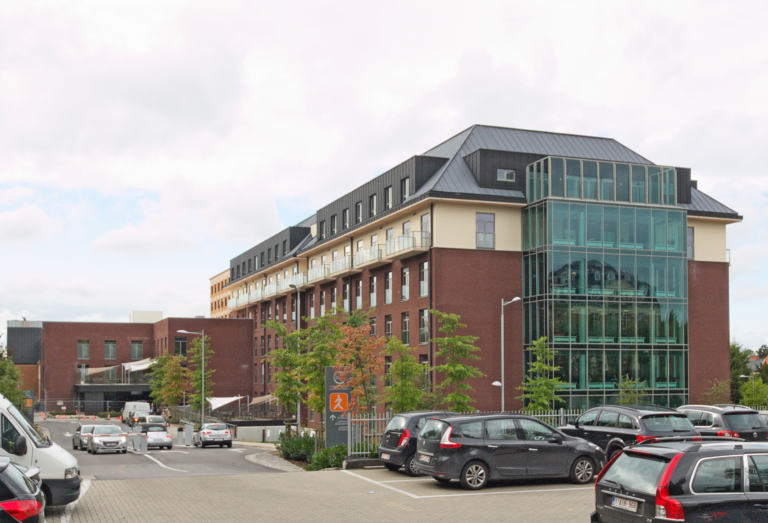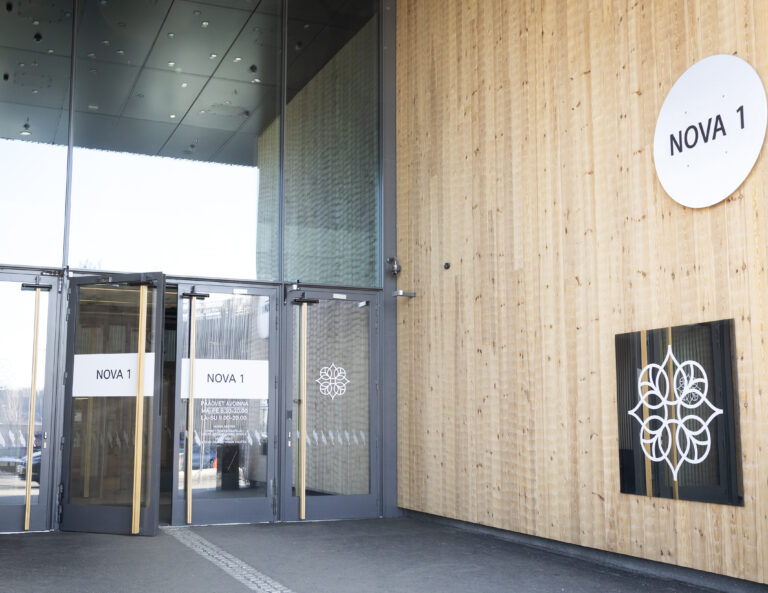Context
The Integrated BioBank of Luxembourg (IBBL) is an integrated research entity within the Luxembourg Institute of Health (LIH). Its teams collect, process, and analyze laboratory and biological data flows.
Given its international scope, IBBL receives a variety of data formats and structures. To effectively manage and integrate this data into its information system, IBBL needs an enterprise application integration (EAI) solution capable of centralizing all internal and external data flows within a unified platform.
- An EAI capable of managing all types of data flows
- JSON, HL7, CSV, XML
- A clearer and more structured Information System (IS)
Ariane Assele-Kama, head of the IT BIS (Business & Interoperability Solution) team, is involved in standardizing the biobank’s information system.
“When I arrived at IBBL, my primary mission was to replace the laboratory flow management system. To achieve this, I aimed to formulate an IT strategy for a standardized, robust, and interoperable information system. Prior to acquiring Enovacom’s interoperability platform, we did not have a standard system to exchange data with our external partners. We had to reimplement the existing workflows comprehensively and efficiently, and integrate new projects into the platform,” she said.
Drawing on her professional experience and expertise in interoperability, Ariane Assele-Kama defined her specific needs for standardizing the institute’s data exchanges through a call for tenders.

“As part of the IT strategy, I aimed to build an interoperability platform based around an EAI that would exchange data with our external partners. All data coming in or out of our institution had to go through the EAI.”

The Enovacom EAI as a core component of IBBL
In response to the call for tenders, health data interoperability leader Enovacom met IBBL’s needs with its Enovacom Integration Engine. This EAI solution normalizes and standardizes data flows so that internal applications can interpret the data without the need for custom specifications. Externally, the institution also uses the EAI to align with the standards expected by its partners.
This helps transform data flows in a more user-friendly and accessible way, so samples received can be efficiently viewed, operated, and analyzed. “The advantage of our platform is that it makes monitoring and analyzing these flows visually simpler,” said Laurent Richard, Project Manager at Enovacom.

“The interoperability platform facilitates flow transformation. It receives data in formats such as JSON, HL7, CSV or XML, verifies the presence of the necessary data, and then formats the file according to the recipient’s specifications, such as XML or JSON.”
Laurent Richard, Project Manager at Enovacom
Simplified workflows for IBBL thanks to the platform’s ergonomics

By retaining the existing structure while incorporating new workflows and future projects, the IBBL teams have streamlined the architecture of their information system thanks to Enovacom’s interoperability platform.
“Our current task involves moving all of our new projects through the EAI and integrating existing ones into the platform,” explained Ariane Assele-Kama.
The focus on a single platform simplifies architecture issues for Ariane and her team.
“We no longer have to determine specific workflows for sending or receiving data via Enovacom’s EAI. We have a clear understanding of roles within our information system, with the EAI serving as the central element around which components such as microservices, endpoints, and handlers gravitate. This solution brought more clarity to our information system architecture. For example, I can now create unique external flows to deposit my data in a unique location for various partners. With this solution, we have a clearer and more structured architecture,”
Beyond the use of the interoperability platform, Ariane Assele-Kama appreciates the benefits it brings in control and ergonomics.
“Having one interface for all our flows is a real asset for our user experience. Training provided by Enovacom also enables us to autonomously create data flows or connectors. Such support strengthens our relationship with Enovacom. This solution meets our needs and I recommend it as a comprehensive platform for managing and supervising upstream and downstream data flows, and for helping to structure information system architecture.”



